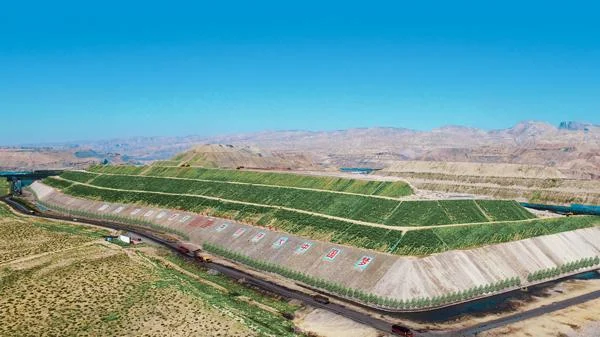
In the realm of precious metal extraction, the conventional method of using cyanide for gold and silver recovery has long been dominant. However, due to the highly toxic nature of cyanide and its potential for severe environmental and health impacts, there is an urgent need to explore alternative, cyanide - free technologies. This blog post delves into the feasibility of extracting gold and silver without the use of cyanide.
The Drawbacks of Cyanide - Based Extraction
Cyanide has been the go - to reagent for gold and silver extraction for over a century. The cyanidation process involves dissolving gold or silver from their ores using a cyanide solution. Despite its high efficiency in extracting precious metals, cyanide comes with a plethora of problems.
One of the most significant concerns is its extreme toxicity. Cyanide is lethal to most living organisms, and even small amounts can cause severe harm. In 2000. a major cyanide spill in Baia Mare, Romania, had devastating consequences. The spill released a large amount of cyanide into the Tisza River, which then flowed into the Danube. This incident led to the death of countless fish, birds, and wild animals. Additionally, millions of Hungarian inhabitants were left without access to safe drinking water. The environmental and social costs of such incidents are immeasurable.
Moreover, cyanide - based extraction has relatively slow reaction kinetics, and the process is not very selective. It can be affected by the presence of other minerals in the ore, such as copper, iron, lead, and zinc, which can interfere with the extraction of gold and silver.
Cyanide - Free Alternatives and Their Feasibility
1. Thiosulfate Leaching
Thiosulfate is one of the most promising non - cyanide lixiviants. It forms stable complexes with gold and silver, allowing their extraction from ores. Thiosulfate leaching has several advantages over cyanide leaching. Firstly, it is much less toxic, reducing the environmental and health risks associated with the extraction process. Secondly, it can be more selective in certain ore types, especially those containing copper and other base metals. Thirdly, the leaching process can be faster under appropriate conditions.
However, thiosulfate leaching also has its challenges. The process is sensitive to pH and temperature changes, and it requires careful control of these parameters. Additionally, the cost of thiosulfate reagents can be relatively high, and the regeneration of the leaching solution can be complex.
2. Thiourea Leaching
Thiourea is another alternative to cyanide. It is non - toxic or has low toxicity compared to cyanide. Thiourea can dissolve gold and silver in acidic media, and the process has a relatively fast leaching rate, often 4 - 5 times faster than cyanide leaching. It also shows better selectivity towards gold and silver in the presence of some impurities, such as copper, zinc, arsenic, and antimony.
Nevertheless, thiourea has some drawbacks. It is relatively expensive, and its consumption during the leaching process can be high. Thiourea is also unstable in acidic solutions and can be easily oxidized, leading to the formation of by - products that can reduce the efficiency of the leaching process. Moreover, since the leaching occurs in an acidic medium, it can cause corrosion of the equipment used in the process.
3. Bromide and Iodide Leaching
Bromide and iodide can also be used to extract gold and silver. In the presence of an appropriate oxidant, gold can form complexes such as AuBr₄⁻ or AuI₂⁻ and be dissolved. These methods offer advantages such as high dissolution rates of gold. For example, the use of bromide - based reagents can result in a gold dissolution rate that is much faster than that of cyanide leaching.
However, bromine is a highly volatile and corrosive substance, which can pose challenges in terms of handling and equipment durability. Iodide - based systems may require careful control of reagent concentrations to avoid the formation of precipitates that can impede the extraction process.
4. Alkaline Glycine Solution
Research has also explored the use of alkaline glycine solution in the presence of an oxidant for extracting precious metals from waste materials, such as waste printed circuit boards. This method has shown promising results, with extraction rates of gold, silver, palladium, and copper comparable to those achievable with cyanide - based leaching systems. It offers a more environmentally friendly option as glycine is a non - hazardous compound.
But like other non - cyanide methods, it requires optimization of parameters such as oxidant concentration, temperature, and glycine concentration. Additionally, the long - term economic viability and scalability of this method need to be further investigated.
Case Studies of Successful Cyanide - Free Extraction
In some instances, cyanide - free technologies have been successfully implemented. For example, a Romanian start - up developed a method for extracting gold and silver that eliminates the use of cyanide. Their process allows for the chemical extraction of gold and silver from low - grade and refractory pyritic concentrates. The waste product generated by their method is a mildly alkaline residue that is much easier to dispose of compared to the toxic waste from cyanidation. Reportedly, their technique is also more efficient than cyanide leaching, achieving gold recoveries of 84 - 86% and silver recoveries of 63 - 66%, depending on the concentration in the feed.
Researchers from Krasnoyarsk State University and the Institute of Chemistry and Applied Chemistry in Russia developed a method using thiocyanate as an alternative to cyanide. They were able to extract gold and silver from multicomponent solutions. The method involves forming complexes with gold and silver using thiocyanate, followed by extraction on an ion - exchanging column. This research not only investigated the sorption mechanism but also discovered sorbents that can extract practically all noble metals from the solution and developed a way to fully separate gold and silver.
The Road Ahead: Challenges and Opportunities
While cyanide - free technologies for gold and silver extraction show great promise, there are still challenges to overcome. One of the main challenges is the cost - effectiveness of these methods. Many non - cyanide reagents are more expensive than cyanide, and the complex processes involved in some of these technologies can increase operational costs. Additionally, the optimization of reaction conditions and the development of more efficient equipment are still areas that require further research.
On the other hand, there are significant opportunities. As environmental regulations around the world become more stringent, the demand for cyanide - free extraction technologies will only increase. There is also potential for innovation in reagent development, process design, and equipment manufacturing. For example, the development of new, more stable and cost - effective non - cyanide lixiviants could revolutionize the precious metal extraction industry.
In conclusion, the extraction of gold and silver using cyanide - free technologies is feasible. Although there are challenges, the advantages in terms of environmental safety, reduced health risks, and potential for increased efficiency make these technologies worthy of further exploration and development. The future of precious metal extraction may very well lie in these innovative, cyanide - free methods.
- Random article
- Popular articles
- Popular comments
- Gravity beneficiation process for iron ore
- Understanding the Gold Mine Flotation Process
- Gold selection process using resin slurry method
- Arsenic Gold Ore Wet Chemical Pretreatment Process
- Scheelite Flotation Method
- Lead zinc ore mixing+separation flotation process
- Sulfide Ore Nickel Ore Mixed Flotation Process

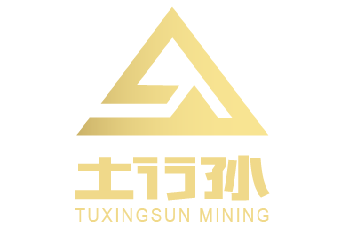

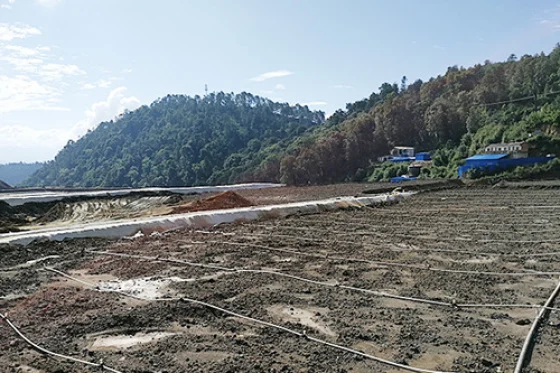
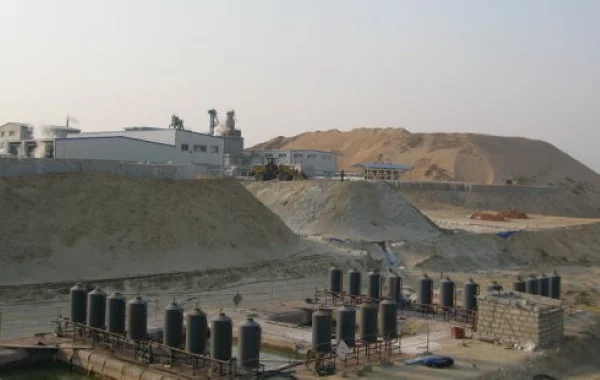
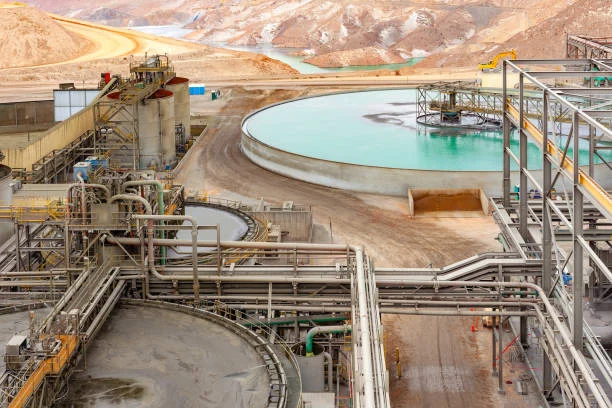

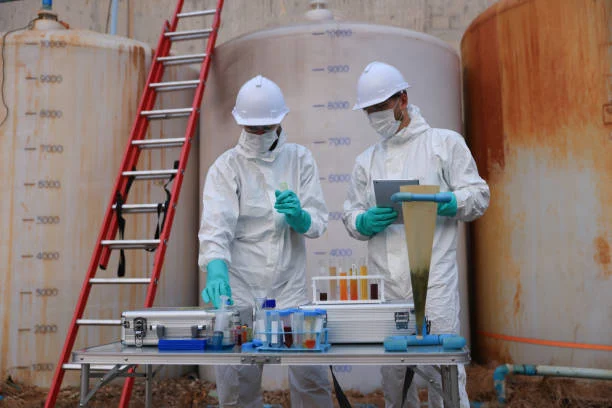
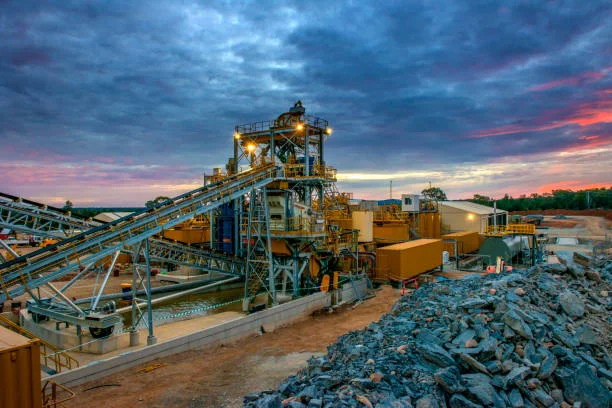

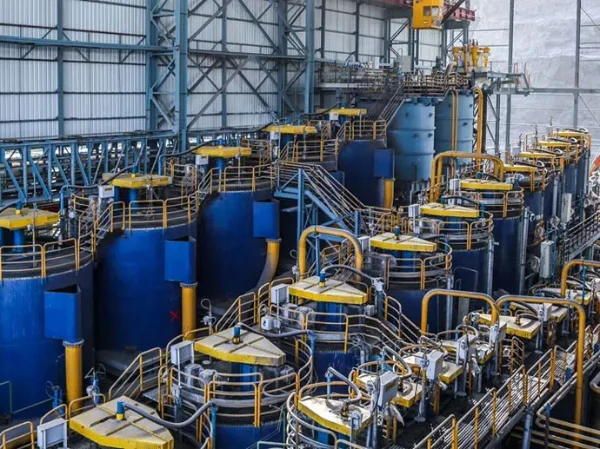
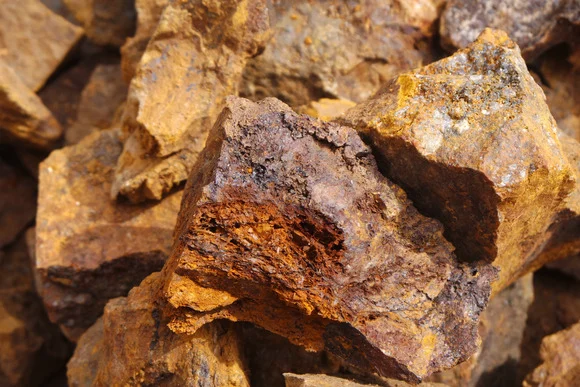
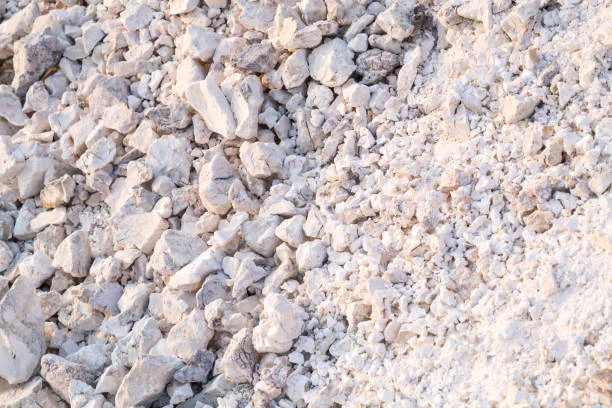

Leave a message with your needs or comments
Add comment: